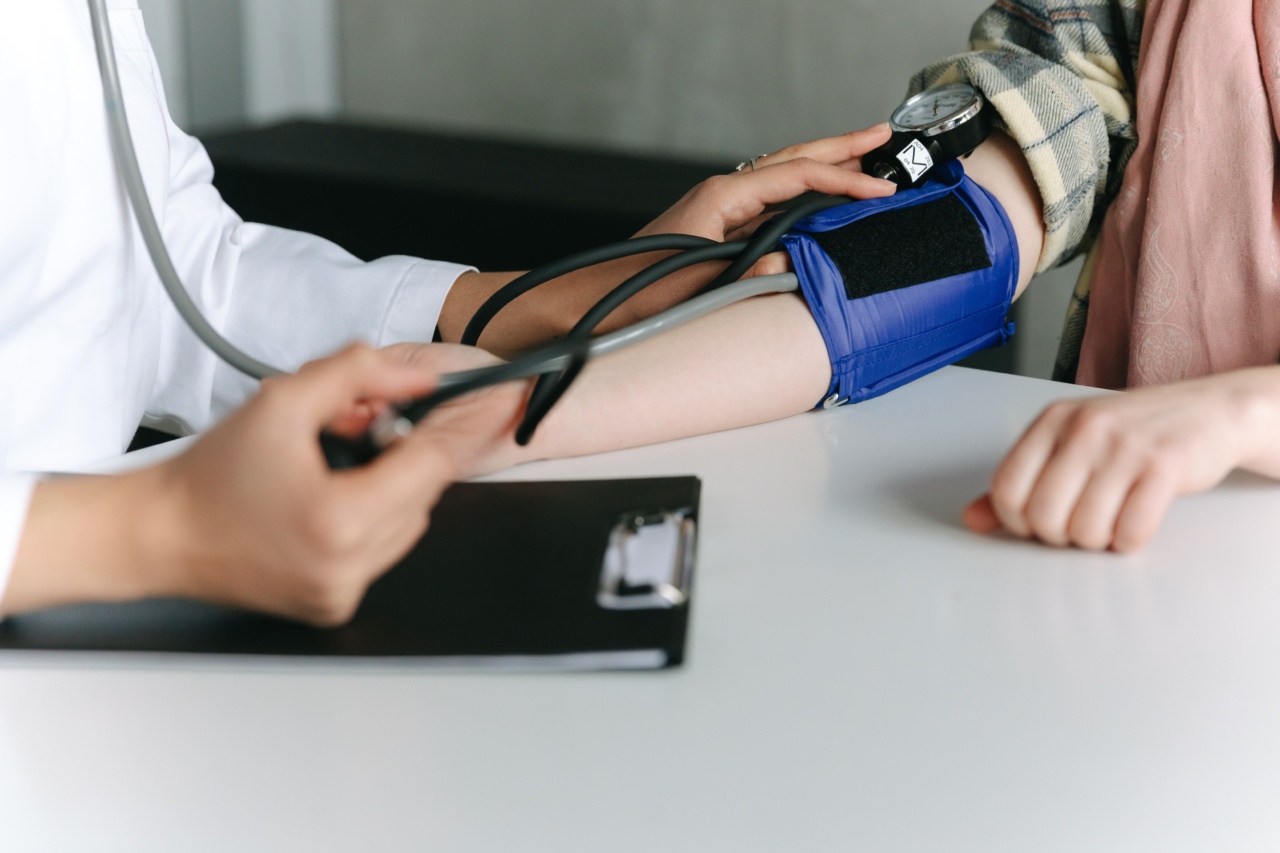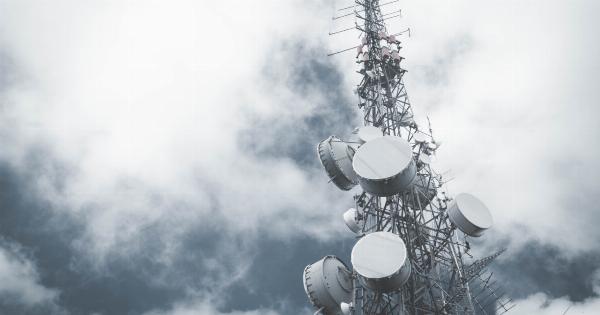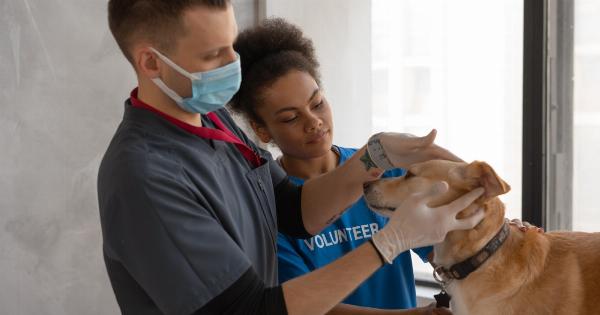Pulmonary Arterial Hypertension (PAH) is a chronic, progressive, and life-threatening disease characterized by high blood pressure in the arteries of the lungs.
It is a type of pulmonary hypertension that specifically affects the pulmonary arteries, which carry blood from the heart to the lungs for oxygenation. PAH leads to a range of symptoms, with breathing difficulties being one of the most prevalent and distressing for patients.
1. Understanding Pulmonary Arterial Hypertension
PAH develops when the blood vessels in the lungs become narrowed, stiff, or blocked, which in turn increases the pressure inside them.
This elevated pressure forces the right side of the heart to pump harder to push blood through the narrow pulmonary arteries. Over time, this increased workload on the heart leads to its enlargement and weakening, resulting in various symptoms, including breathing difficulties.
2. Mechanisms behind Breathing Difficulties in PAH Patients
The restricted blood flow caused by the narrowed pulmonary arteries directly affects the ability of the lungs to receive sufficient oxygen and remove carbon dioxide.
This impaired gas exchange leads to shortness of breath, especially during physical exertion. As PAH progresses, breathlessness can also occur at rest, severely impacting the patient’s quality of life.
3. Hypoxemia and Respiratory Distress
PAH patients often experience hypoxemia, a condition where the oxygen levels in the blood are lower than normal. This occurs because the restricted blood flow prevents adequate oxygenation of the blood in the lungs.
Hypoxemia can cause respiratory distress, resulting in the sensation of not getting enough air, increased respiratory rate, and sometimes even cyanosis (a bluish tint to the lips and extremities).
4. Pulmonary Function Impairment
The breathing difficulties in PAH patients can also be attributed to pulmonary function impairment. Due to the progressively narrowed pulmonary arteries, the lungs are unable to expand fully and efficiently during inhalation.
This restricts the amount of air that can be inhaled and exhaled, leading to a reduced lung capacity and further exacerbating breathing difficulties.
5. Right Ventricular Dysfunction
The increased pressure in the pulmonary arteries caused by PAH not only affects the lungs but also puts a significant strain on the right ventricle of the heart. Over time, the right ventricle becomes weakened and less able to efficiently pump blood.
This compromised heart function further contributes to breathing difficulties, as blood circulation and oxygen delivery are compromised.
6. Exercise Intolerance
PAH patients often experience exercise intolerance due to their breathing difficulties. The reduced ability to inhale and exhale sufficient air limits their physical capacity, making even simple tasks demanding and exhausting.
The shortness of breath and fatigue associated with exercise intolerance can greatly impact a patient’s daily activities and diminish their overall quality of life.
7. Managing Breathing Difficulties in PAH
While PAH and its associated breathing difficulties cannot be fully cured, there are strategies to manage and alleviate symptoms:.
a) Medications: Several medications, such as calcium channel blockers, endothelin receptor antagonists, and prostacyclin analogs, may be prescribed to dilate blood vessels, reduce pressure, and improve lung and heart function.
b) Oxygen therapy: Supplemental oxygen can be provided to PAH patients to enhance oxygen levels in the blood and alleviate hypoxemia, particularly during physical exertion or periods of rest.
c) Pulmonary rehabilitation: A structured program including exercise, breathing techniques, and education can help PAH patients improve their physical conditioning, breathing control, and overall well-being.
8. Lifestyle Modifications
Patients with PAH can benefit from certain lifestyle modifications to manage their breathing difficulties:.
a) Avoiding triggers: Identifying triggers, such as high altitudes, extreme temperatures, or exposure to pollutants, and taking preventive measures can help minimize breathing problems.
b) Conserve energy: Prioritizing tasks, taking regular breaks, and using assistive devices can conserve energy and reduce the strain on the respiratory system.
c) Breathing exercises: Techniques like diaphragmatic breathing, pursed-lip breathing, and controlled coughing can help improve lung function and manage breathlessness.
9. Seeking Emotional Support
Breathing difficulties in PAH patients can lead to increased anxiety, fear, and frustration.
Seeking emotional support through support groups, counseling, or speaking with healthcare professionals can help address these psychological challenges and provide coping strategies.
10. Conclusion
Breathing difficulties in pulmonary arterial hypertension patients are a significant burden, impacting their daily lives and overall well-being.
Understanding the mechanisms behind these difficulties and implementing strategies for management can help improve the quality of life for PAH patients, allowing them to lead more fulfilling and comfortable lives.





























